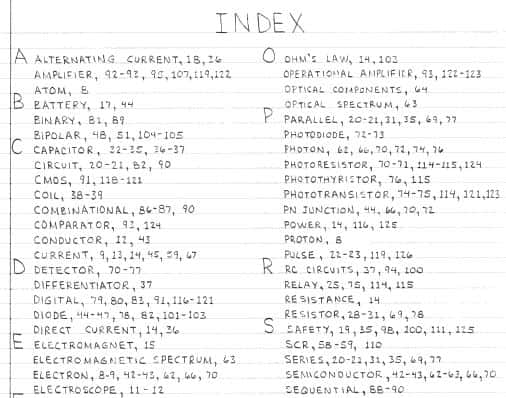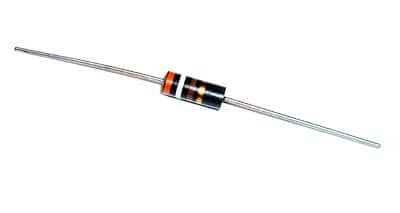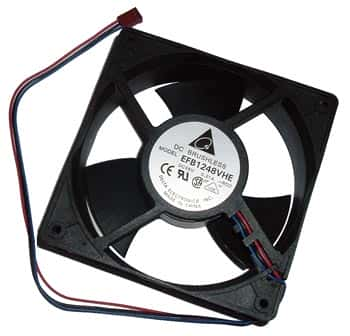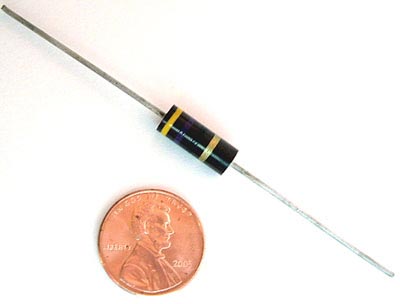Efficiency has become the keyword in global trends in meeting demands for lower carbon-di-oxide emissions. Whether it is the smartening of the electrical supply grid or the electrification of our automobiles, the global trend is driving the need for electronic circuits to become more efficient. Knowing the level of current flowing through the circuit and reaching the load accurately is an important factor in gauging its efficiency for circuit designers and systems operators. This knowledge helps in maximizing operating performances of a battery, hot swapping server units, controlling motor speeds, and many more. Current sense resistors are inexpensive components that provide optimal solutions helping OEMs create more efficient circuit designs for a wide range of applications.
Current sense resistors are components helping to improve system efficiency by reducing losses. They have high measurement accuracy compared to other technologies, and they are ideally suited for helping developers measure currents precisely in automotive, industrial, and computer electronic designs.
Current sense resistors detect and convert current to voltage, using Ohm’s law. According to this law, the product of the current and the resistance value through which it is passing gives the voltage developed across the resistor. As these resistors feature very low resistance values, the voltage drops are equally insignificant, of the order of 10 to 150 mV in specific applications.
Design engineers place the current sense resistor in series with the electrical load, which causes the entire current to be measured to pass through it. As the voltage drop across the resistor is proportional to the current through it, measuring this drop provides an estimate of the load current. Measuring the voltage drop is usually accomplished through various amplifier options such as operational, differential, and instrumentation amplifiers. Selecting the right current sense resistor amplifier for a specific application involves looking at the input common-mode voltage specification. This is the average voltage present at the input terminals of the amplifier.
With the current sense resistor sitting in series with the load, they can directly measure the current. Contrast this with indirect current measurement techniques using coils. Here the voltage is induced across a coil and is proportion to the current. As a series resistor senses current directly, it dissipates power. Therefore, series resistors tend to have very low resistance values.
Current sense resistors also feature a very low temperature coefficient of resistance or TCR. This feature defines its low drift with varying ambient temperature and its long-term stability. These characteristics make temperature dependency of current measurement to be very low, while increasing the accuracy.
However, when using very low ohmic resistors of the surface mount type the resistance of the solder pad and the copper tracks of the printed circuit board can be uncertain and more than the resistance of the current sense resistance itself. This can lead to inaccuracies in the current measurement. In addition, the TCR of the tracks of the PCB can be much higher than that of the series resistor element.
Therefore, it is necessary to use current sense resistors implementing the 4-wire Kelvin principle, as these employ additional leads for measuring current more accurately.




